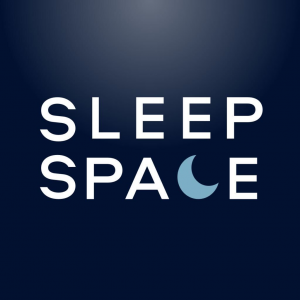New SleepSpace Technology Launches to Solve Sleep Problems by Connecting All Major Wearables and Empowering Coaches

NEW YORK, July 5, 2022 (Newswire.com) - Technology and pandemic stress has resulted in people sleeping worse than ever, with the average American sleeping a full hour less than they did in the 1940s. But technology may also be the only path forward to solving the problem of poor sleep. For the past 15 years, Dr. Dan Gartenberg, a sleep scientist and CEO of SleepSpace, has been building technology that finally does more good than harm when it comes to sleep health. Backed by $3.5 million in grants from the National Science Foundation and the National Institute of Aging, and supported by Quake Capital, UpVentures Capital, and Bulletproof Media, SleepSpace just launched a sleep tracking platform that seamlessly connects to most major wearables: Oura, Apple Watch, Whoop, Garmin, Biostrap, and more. By developing a system that integrates with all of these devices, users can understand the variability between different algorithms, which can address anxiety when it comes to interpreting sleep data.
But tracking sleep is just a means to an end. Augmenting sleep every night in a scalable and accessible way is the dream that has inspired many in the field. By detecting sleep in real-time, sleep tracking technology is finally maturing to enhance sleep. Everyone theoretically has an ideal sound, light, and temperature environment throughout the night that can make sleep more regenerative.
How sound can enhance sleep
SleepSpace developed unique sound-masking technology called a smart sound mask that subtly adjusts pink noise based on whether or not someone is asleep, to more effectively block out noise pollution at night. When combined with the SleepSpace Smart Bed, sounds can be delivered differentially on the right and left side of the bed, addressing the issue of different sound sensitivities for sleep partners. The new SleepSpace technology can measure sleep stages every 30-seconds, in real-time, to accurately deliver sounds to block out noise pollution and make sleep deeper.
How light can enhance sleep
Through a collaboration with LIFX smart bulbs and the Google assistant, SleepSpace demonstrated it can be used to improve sleep with light. In an experiment that manipulated whether light faded in and out gradually at wind down and wake up, versus a subtle pop to the light, it was found that the perception of sleep quality could be improved. This suggests that the simple act of saying out loud that its bedtime or wake time can dramatically improve perceived sleep quality. Consciously creating this boundary for time in bed may be one of the most important ways to improve sleep quality (see study here).
Using a coach
While technology has hurt sleep in the past, the next decade will bring about a series of innovations that will begin to change this. By empowering coaches and care professionals to more effectively use new tools made possible by technology, the sleep health of society can finally be improved.
Try it on the Google Play Store and Apple App Store today!
Source: SleepSpace
